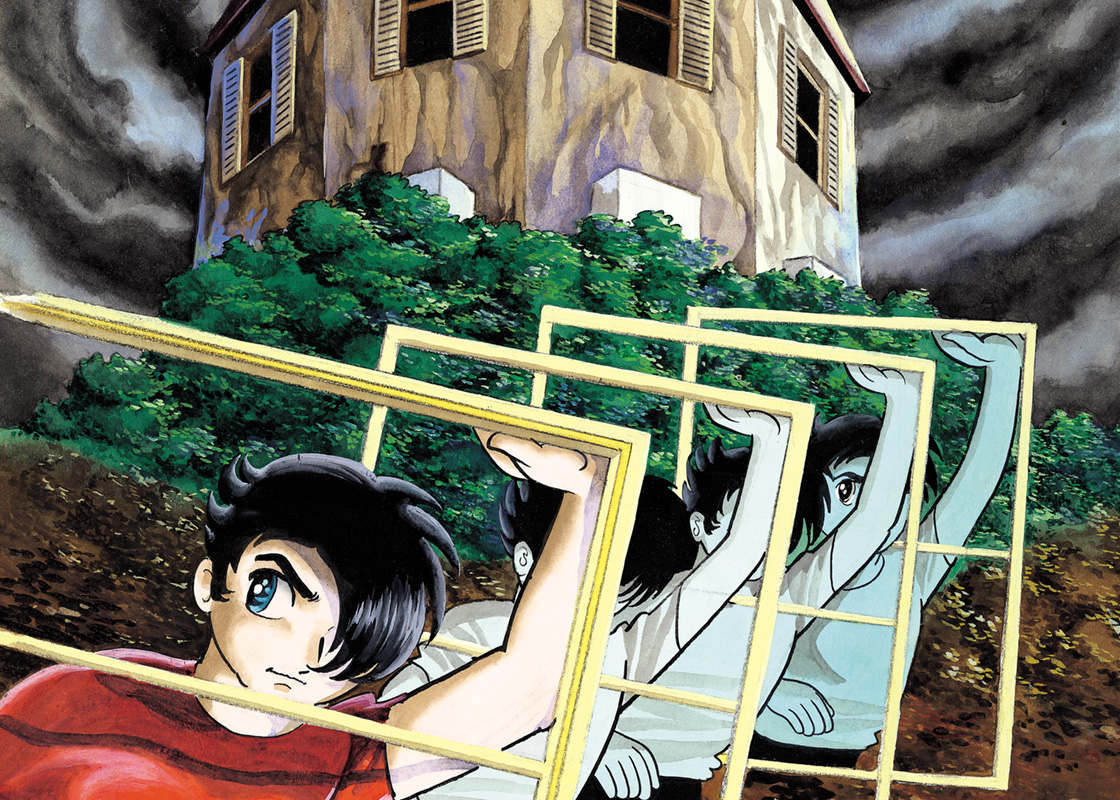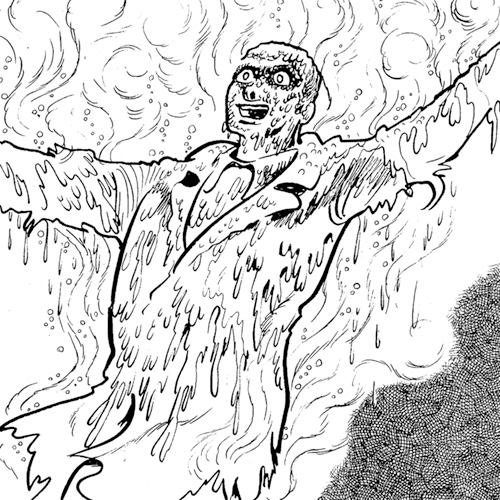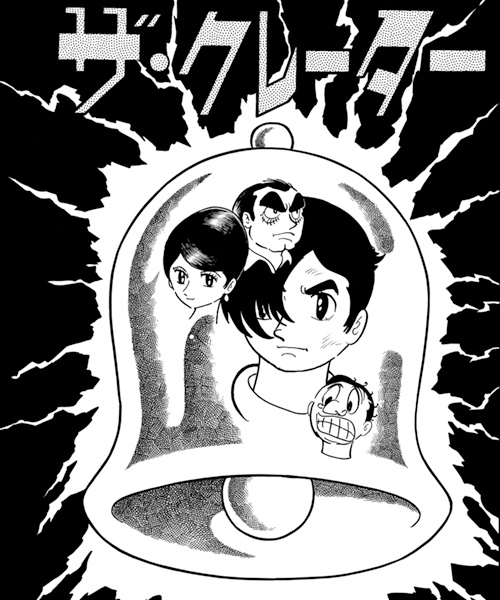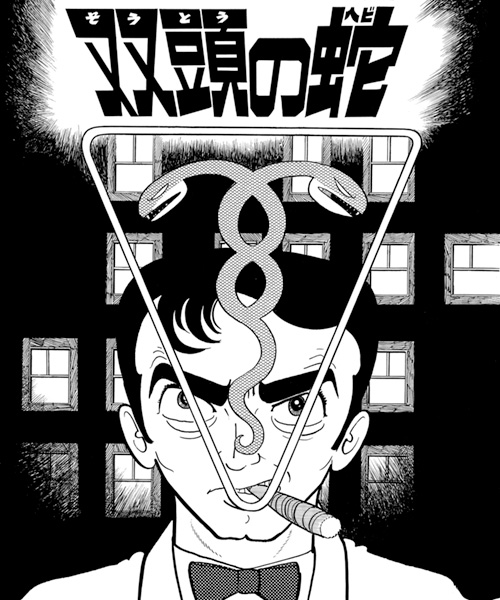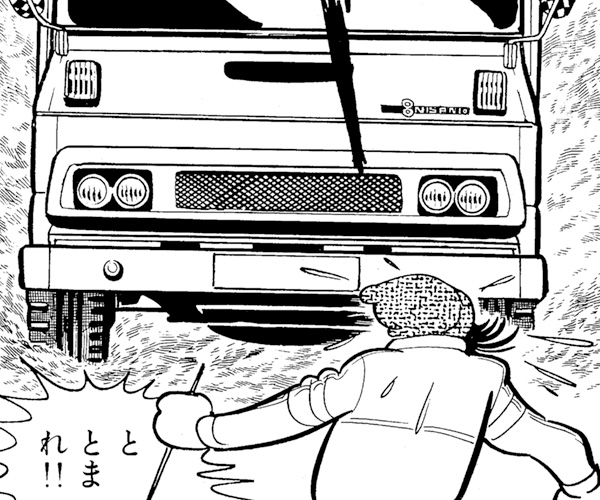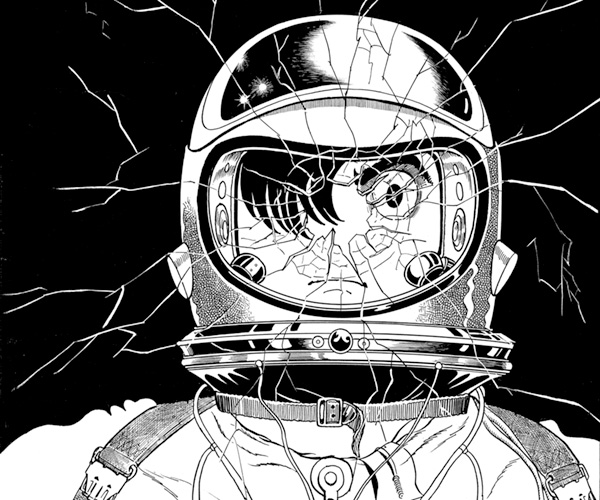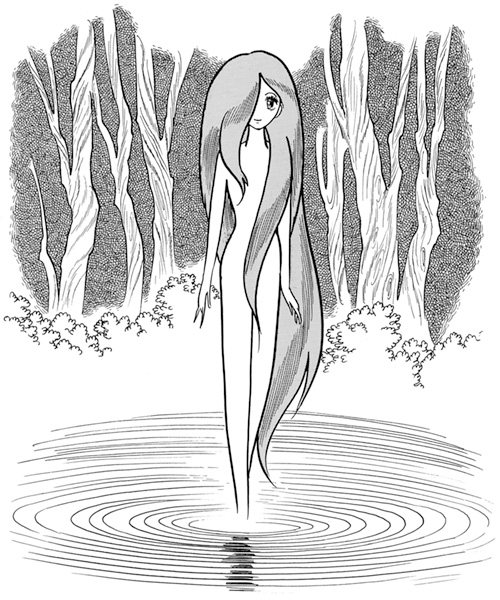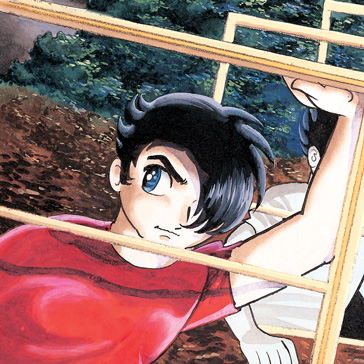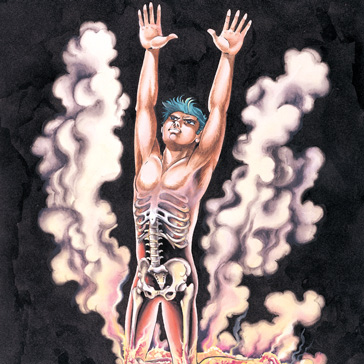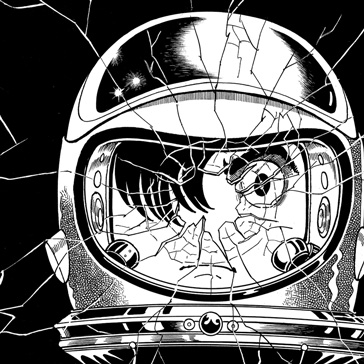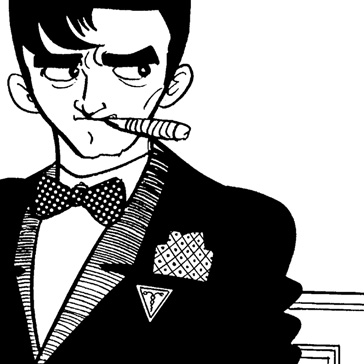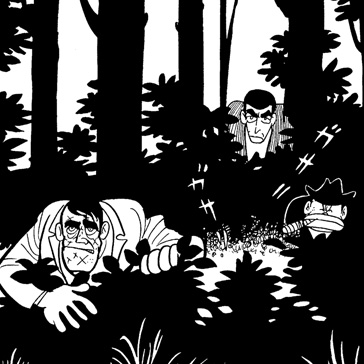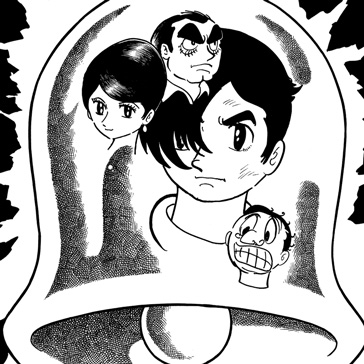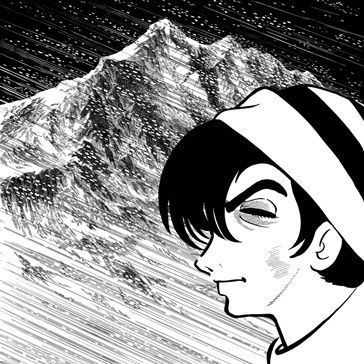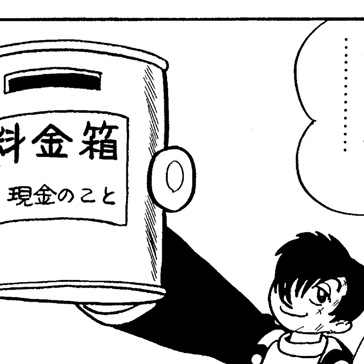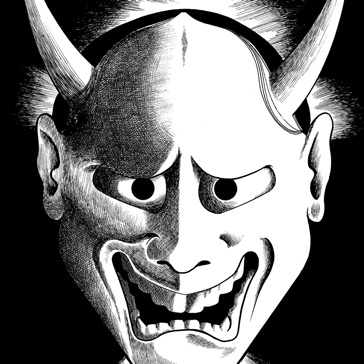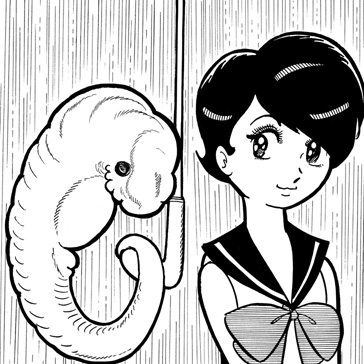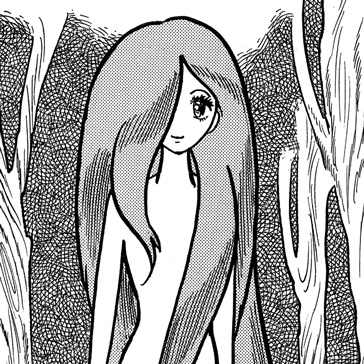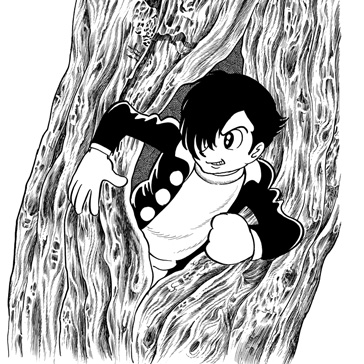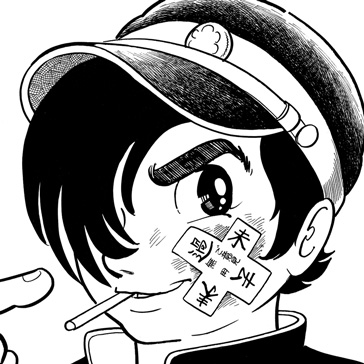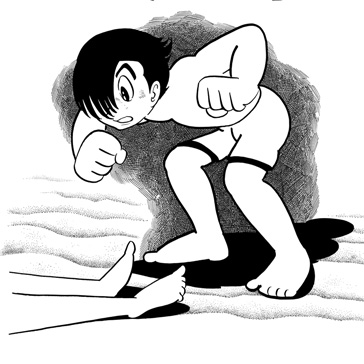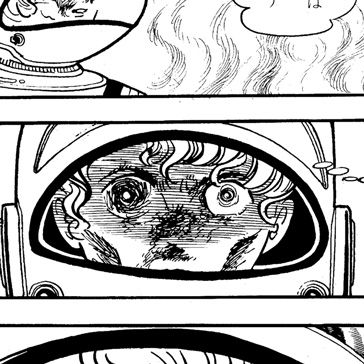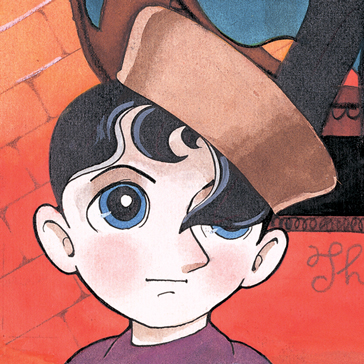
Series
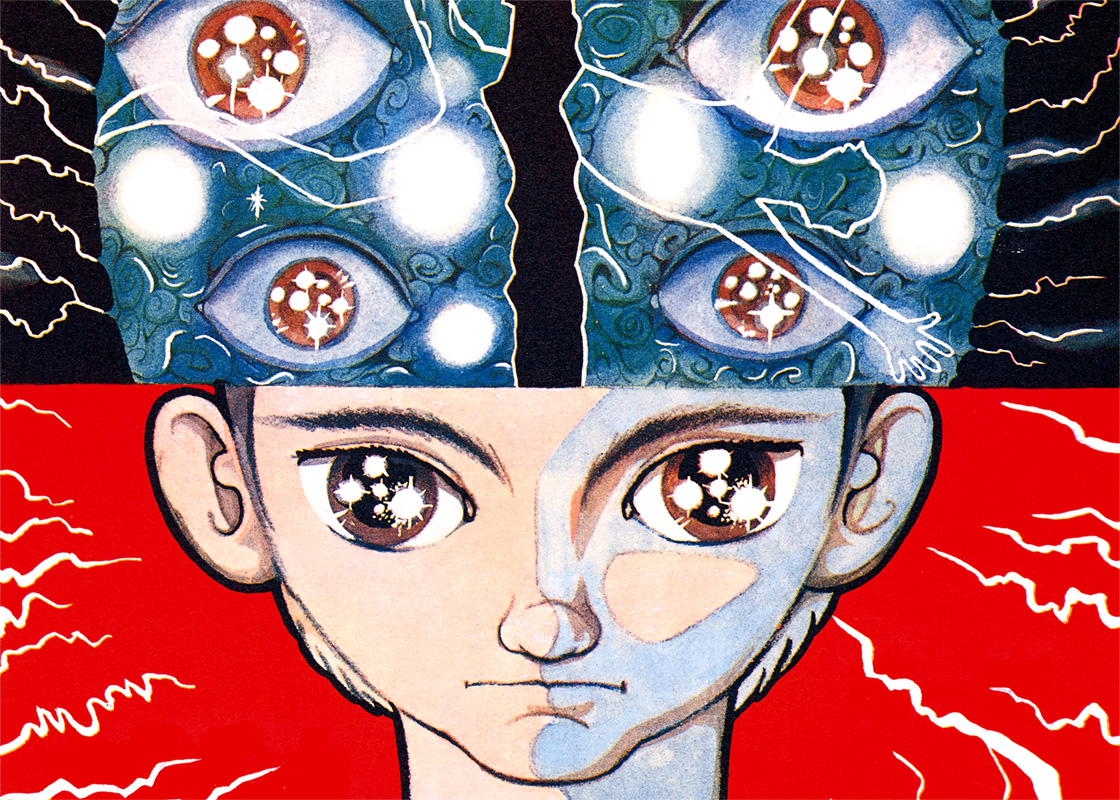
The Crater is a compilation of short one-off stories, including horror, suspense and mysteries.
It contains a variety of stories, such as a story of a man anxious about his future visiting an octagon mansion where people can restart their life again (The Octagonal House, the 2nd episode), a story of two men and a woman who suffer from the sense of guilt on hearing the sound of a bell out of nowhere (The Bell Tolls, the 8th episode) and more.
Some come to a happy ending while some have no happy ending. All the stories make the readers bask in the mystical afterglow.
DESCRIPTION
01 Tow Dramas Shonen Champion Aug. 10, 1969 (Akita Publishing)
02 The Octagonal House Shonen Champion Oct. 27, 1969 (Akita Publishing)
03 Man Evaporated Shonen Champion Sep. 10, 1969 (Akita Publishing)
04 Wind Cave Shonen Champion Sep. 17, 1969 (Akita Publishing)
05 The Crash Shonen Champion Oct. 1, 1969 (Akita Publishing)
06 The Two-Headed Snake Shonen Champion Oct. 15, 1969 (Akita Publishing)
07 The Three Invaders Shonen Champion Nov. 5, 1969 (Akita Publishing)
08 The Bell Tolls Shonen Champion Nov. 19, 1969 (Akita Publishing)
09 The Snow Man Shonen Champion Dec. 3, 1969 (Akita Publishing)
10 Okuchin's Strange Experience Shonen Champion Dec. 17, 1969 (Akita Publishing)
11 The Mask of Tmoe Shonen Champion Jan. 7, 1970 (Akita Publishing)
12 Winning Season Shonen Champion Jan. 21, 1970 (Akita Publishing)
13 The Brunnen Enigma Shonen Champion Feb. 4, 1970 (Akita Publishing)
14 The Purple B.E.M Shonen Champion Feb. 18, 1970 (Akita Publishing)
15 Okuchin's Big Heist Shonen Champion Mar. 4, 1970 (Akita Publishing)
16 The Sacrifice Shonen Champion Mar. 18, 1970 (Akita Publishing)
17 The Man in the Crater Shonen Champion Apr. 1, 1970 (Akita Publishing)
The works contained in this compilation originally appeared as one-off stories on a biweekly magazine for boys, Shonen Chanpion. The title, The Crater, had no special meaning, and there was no connection among the stories.
But Tezuka made a boy named Okuchin appear in most of the stories, which gave a sense of unity to the readers. And the compilation was succeeded as series.
At the same time, Tezuka was authoring a short serialization titled Under the Air for another magazine targeted for young adult readers (1968-1970). It would be interesting to read those two series to see how his messages to boys are different from those to young-adults.
